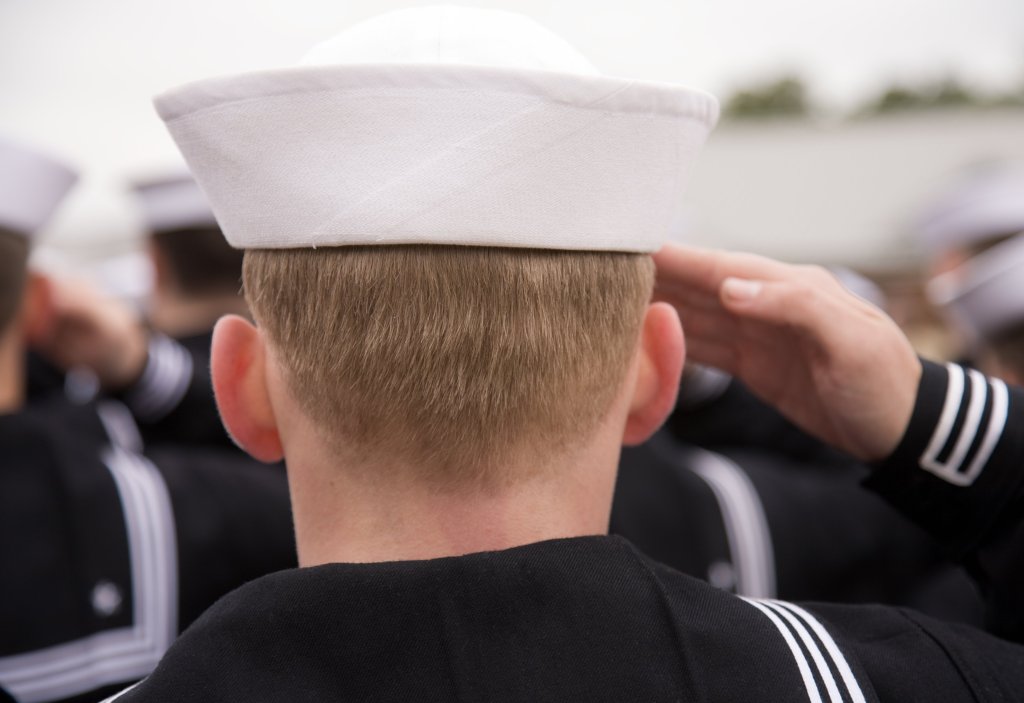Photo: vahamrick (Getty Images)
Many things are common knowledge about the Navy these days. There’s the grueling Basic Training process, the general consensus that the Seals are badasses, and even Down Periscope if you’re hungry for satire. However, for those who aren’t Kelsey Grammar fans, we took the liberty of compiling a list of facts that might not be as well known concerning those who hold Honor, Courage, and Commitment to the highest standard. Don’t worry, there isn’t a test at the end, but it could score you a high-five at your next trivia night. Here are ten things you didn’t know about the navy.
1. Loretta Perfectus Walsh was the first woman to not only enlist, but allowed to serve in the Navy …or any armed service branch.
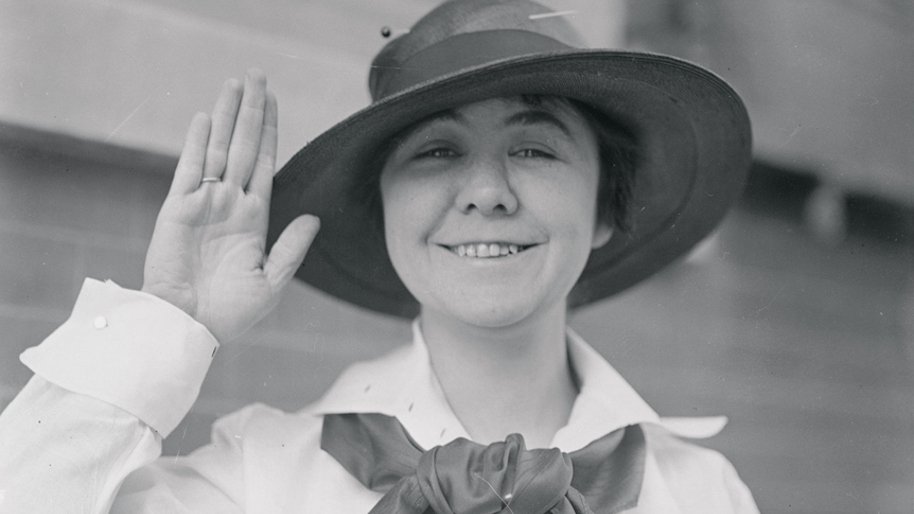
Since 1901, women had only served in the military as nurses. And, despite their uniforms, Army and Navy nurses were considered civilian employees. They lacked ranks and benefits like retirement and disability pensions. Walsh enlisted in 1917 and became a Yeomanette in World War I, serving in a clerical position rather than being a nurse.
She was the first of 13,000 yeomanettes to receive the same benefits and responsibilities as men, including identical pay. The monument at her burial site reads “Woman and Patriot. First of those enrolled in the United States Naval Service. World War 1917–1919. Her comrades dedicate this monument to keep alive forever memories of the sacrifice and devotion of womanhood.”
2. The Navy was actually disbanded after the Revolutionary War, but brought back in 1794 to fight pirates.
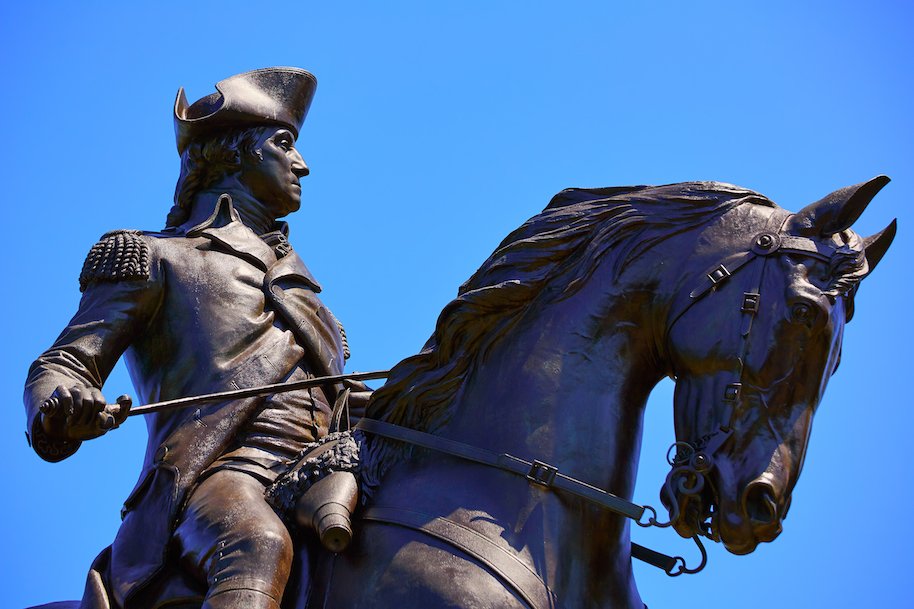
It was the $1 bill man himself, President George Washington, who brought back the Navy via the Naval Act of 1794. Due to threats to American merchant shipping by Barbary pirates from four North African Muslim States in the Mediterranean, it was essential to create a permanent standing U.S. Navy. It’s been that way ever since.
Fun fact: the original six frigates (United States, Constellation, Constitution, Chesapeake, Congress and President) cost $688,888.82 to make at the time. And believe it or not, the USS Constitution is still afloat today.
3. That fancy trident worn on the Navy SEAL uniform is also known as a Budweiser.
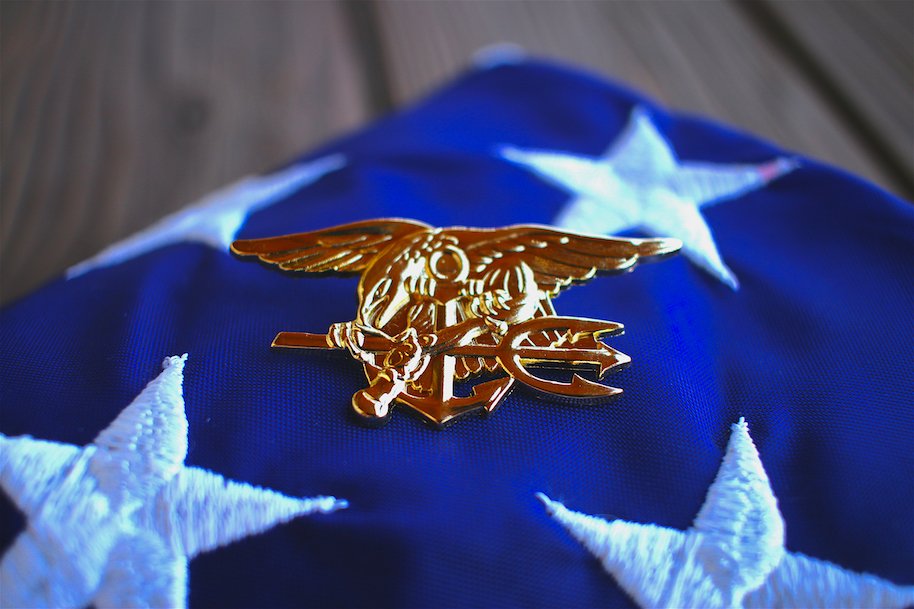
The Budweiser nickname comes from the name of the training to become a Navy SEAL — “BUD/S” or Basic Underwater Demolition/SEAL. Not to mention it looks a lot like Anheuser-Busch’s eagle logo. The only way to acquire a Budweiser (or Trident) is by completing this schooling program for SEAL training, completing SEAL Qualification Training (SQT) and being designated as a U.S. Navy SEAL. So BUD/S makes you WISE…ER… Bud…weis…er… Yep. I think I cracked it.
4. There are actually tiny Navy emblems within the pattern of the Navy’s camouflage uniform. Look closely…

No, it’s not a Magic Eye puzzle. You can normally find an ACE (standing for Anchor, Constitution, Eagle) embroidered on the left breast pocket. The Navy is also in the midst of a camouflage uniform shift, too, as many claimed the blue camouflage — sometimes referred to as your “blueberries” or “aquaflage” — was impractical, as the camouflage would only be relevant if someone fell overboard.
5. The largest flying boat ever (Martin JMS-3 Mars) was built for The Navy in 1938.
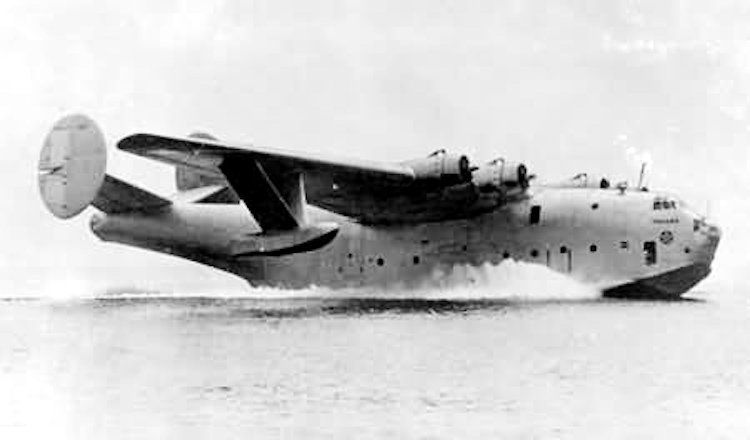
Yes, we said a flying boat. Only seven of these babies were ever built. Even though they were mainly used for ferrying cargo, personnel, and long-range ocean patrols in World War II, the Mars fleet found life after the war in Canada of all places. Now working as a civilian vessel, the Mars were acquired by Forest Industry Flying Tankers to be used as firefighting water bombers. The remaining boats can hold anywhere from 7,200 to 13,200 gallons of water.
6. Calvin Graham enlisted in the Navy in 1942 at 12-years-old, becoming the youngest member of the U.S. military during WWII.
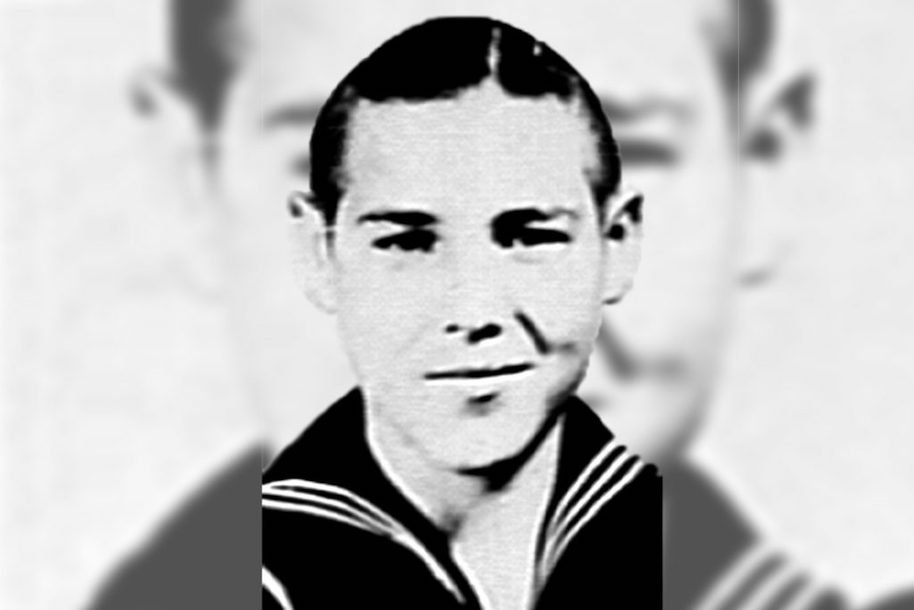
After Pearl Harbor, Graham enlisted regardless of his age, and squeaked through the cracks to become a hero. Assigned to the USS South Dakota, he fought in the Battle of the Santa Cruz Islands and the Naval Battle of Guadalcanal, where he was wounded by shrapnel and helped pull other wounded onto the ship to safety. These actions awarded him a Bronze Star and a Purple Heart. Not bad for a 12-year-old…
7. Navy SEALS actually train their brains to process fear differently.
It’s called habituation. Simply put, the more you’re exposed to fear, the less it will make you fear it. In turn, you’ll be immune to that fear. Just like a muscle, it’s something that takes conditioning. Neuroscientists and psychologists agree, the way to suppress a fear is by repeatedly confronting it. Their methods even re-work your brain’s normal fighters against fearful situations (the frontal lobe and the amygdala) to achieve this.
The play with science is incredible in itself, but the key techniques here are Goal setting, Visualization, Positive Self Talk and Arousal Control. The term “face your fears” has never meant more.
8. The Navy’s USS Zumwalt can’t fire its guns …because the ammo is too pricey.

Already a 3.5 to 4.4 billion-dollar vessel, the USS Zumwalt is no cheap date. However, you get what you pay for, as this beauty does a lot. Equipped with stealth capabilities, the Zumwalt was primarily designed for deep-water combat, supporting ground forces in land assaults, as well as all of the usual destroyer missions dealing in anti-air, anti-surface, and antisubmarine warfare.
As a jack of all trades, Zumwalt-class ships were meant to carry advanced, high energy weapons. Designed with two guns that fire Long Range Land Attack Projectiles, or LRLAP, the advanced gun system was built to rapidly and precisely strike targets more than 110 kilometres away. This kind of muscle called for a $800,000 price tag on a single shot of the GPS-guided, rocket-propelled ammunition. Pretty steep, right? It’s still a cost-effective alternative to cruise missiles, which bank at a whopping one million bucks per shot.
9. The Navy once had detailed instructions on how to escape a giant clam.
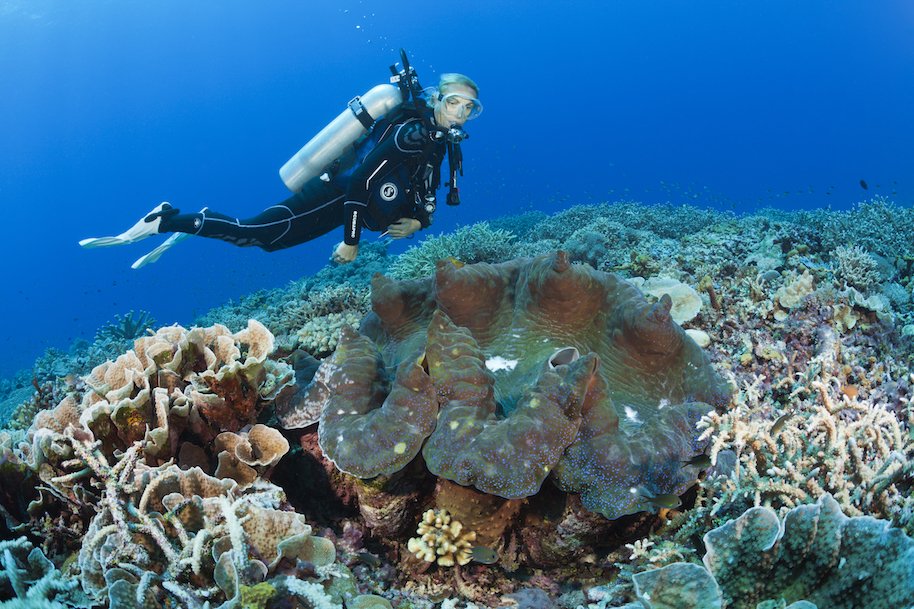
While there isn’t much evidence to source the death toll, apparently a giant clam was once known as the “killer clam” or “man-eating clam,” causing reputable scientific and technical manuals to claim it had caused deaths. This lead the U.S. Navy Diving Manual to include instructions on how exactly to release yourself from the grasp of the mollusk behemoth. Pro tip if you do ever find yourself in this predicament: go ahead and severe the adductor muscles used to close its shell and you’re home free. It’s not very likely though, as yes, it’s quite capable of gripping a person, but the shell’s closing action is in a defensive response only. You’d know this right away because it closes too slowly to pose any inkling of a threat.
10. Jim Carrey reached out to a Navy SEAL to learn torture-resistance techniques so he could handle the makeup process during filming of The Grinch.

In order to avoid Carrey backing out on the movie, or just going insane, this actually happened. Carrey claims the makeup took 8.5 hours on the first day and that he put it on 100 times. Do the math, and that’s nearly 35 days in a chair. That, and the fact that the makeup “felt like being buried alive every day” sure does sound like torture.
His discomfort even put his makeup artist into therapy. There isn’t much detail on the torture-resistant techniques, but what Carrey says was most effective was changing his patterns of whatever he was doing when he felt like he was losing it — punching himself in the leg, turning on the TV, having someone come up and smack him in the head. Carrey even claims one thing really helped him through, which wasn’t very surprising:
“Ssssssssmokin’!”
Allllllrighty then (sorry, I’ll stop), that’s 10 things by our count …now go impress your date!
